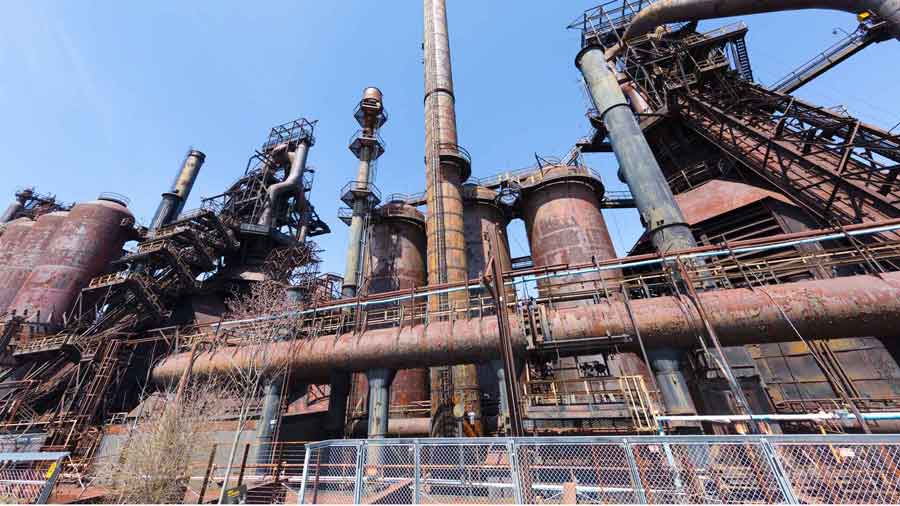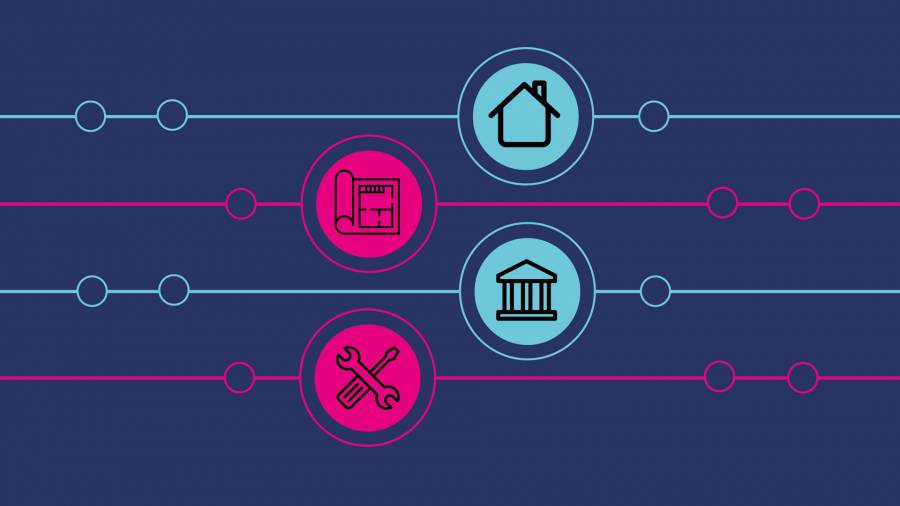Different approaches to investment appraisal
What not-for-profit housing associations can learn from For-Profit Registered Providers

FINANCE
Image: Istock

Nathan Pickles
Corporate Finance Consultant, Wharfedale Associates
Wharfedale Associates is often asked by clients how not-for-profit housing associations and For-Profit Registered Providers (FPRPs) compare in their approaches to appraising investments in new affordable housing. We find each is quite interested in the other’s approach!
A short answer to this is that both measure investment returns based on the same underlying cashflows, and both currently target a similar ungeared (pre-debt) level of return of around 5-6%. This is demonstrated by the mixed success of both housing associations and FPRPs when directly competing for Section 106 homes, with FPRPs anecdotally now winning up to 50% of their Section 106 bids. It is further supported by housing associations and FPRPs each needing a similar level of grant to make land-led delivery stack up, as evidenced by the Homes England strategic partnership grant allocations announced at the start of September.
Appraisal modelling
There are some interesting nuances in the different ways housing associations and FPRPs approach appraisal modelling which merit further exploration.
In practice, both will usually perform scheme appraisals through the following steps:
- Model the net development cashflows (net of any sales and grant)
- Combine these cashflows with the projected indexed sub-market net rental stream
- Calculate the present value of the combined cashflows to generate the total investment return, expressed in Internal Rate of Return (IRR) or Net Present Value (NPV) terms.
However, appraisals can often be performed over quite different timeframes (which can range from 10 years or less, to 60-plus years) and with different approaches to terminal (or exit) value. While FPRPs will account for terminal value in their appraisals, housing associations commonly do not. Different assumptions for long-term inflation (for costs and income) and inflation differentials can also have a large impact on present values.
These modelling choices could significantly reduce the amount that can be offered for Section 106 homes and land. As a result, they can have a major impact on competitiveness, meaning it is important that competitor benchmarking is undertaken.
Appraisal hurdle rates
Housing associations will generally discount the scheme net cashflows (or set their minimum acceptable IRR) at a risk-adjusted cost of debt. They effectively apply a 2-2.5% risk premium to long-term housing association bond yields to get to around 4.5-5% in the recently prevailing rate environment. Their discount rate, or IRR hurdle rate, represents the housing association’s minimum (ungeared) economic rate of return. This is generally seen as being a return comfortably exceeding a housing association’s current cost of debt.
FPRPs base their investment analysis on the net initial yield, in line with investment practices in the wider real estate industry. Under this valuation methodology, the capital value of a rented real estate asset is determined by dividing the initial net rent by a ‘cap rate’ (or market yield). This represents the investor’s required initial investment yield from that asset class (this calculation in financial mathematics terminology represents the present value of a growing perpetuity, which is an infinite series of inflation-linked payments). By way of a simplified example, an affordable unit with year one net rent of £4,500 at a cap rate of 3.0% produces a capital value of £150,000 (£4,500 / 3.0%).
The FPRP’s required commercial rate of return is assessed in the context of the yields on other competing investments, which for an institutional investor could be build-to-rent or student accommodation, for example. The FPRP’s target, ungeared rate of return of 5-6% therefore essentially represents the net initial rental yield (typically 3-3.5%) plus the inflation assumed in the appraisal (typically 2-2.5%).
When viewed through an equity lens, FPRPs are also interested in post-debt leveraged cashflows (where debt financing is being used in the strategy, which is not always the case) and return on equity. The effect of leverage in an affordable housing appraisal calculation is to ramp up the IRR, which can produce an equity rate of return which is significantly higher than the target ungeared IRRs of 5-6%.

“These modelling choices could significantly reduce the amount that can be offered for Section 106 homes and land. As a result, they can have a major impact on competitiveness meaning it is important that competitor benchmarking is undertaken.”
Market trends
In recent years, the success rate of FPRPs in competitive Section 106 bids has risen as real estate yields (the rates of return that investors require from affordable housing and comparable rented real estate assets) have fallen. This means these investors are willing to pay more for social housing assets, whilst at the same time they are becoming more comfortable with the asset class.
This trend explains why housing associations may be seeing reduced success when up against FPRPs in Section 106 bids, with some housing associations choosing to withdraw from the Section 106 market and refocus limited resources on land-led delivery and/or investment in existing assets.


